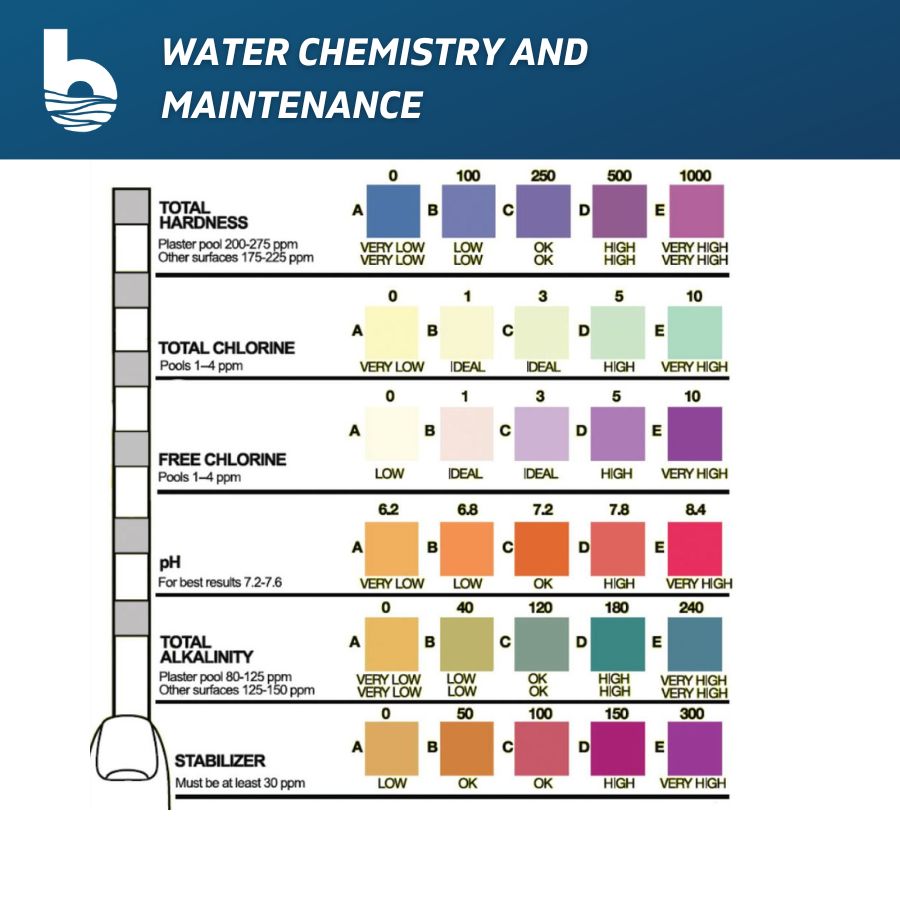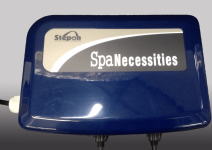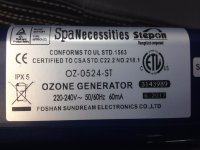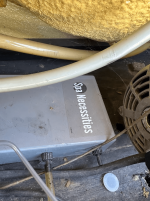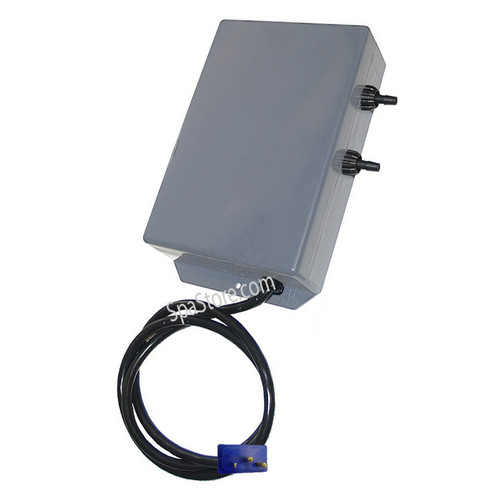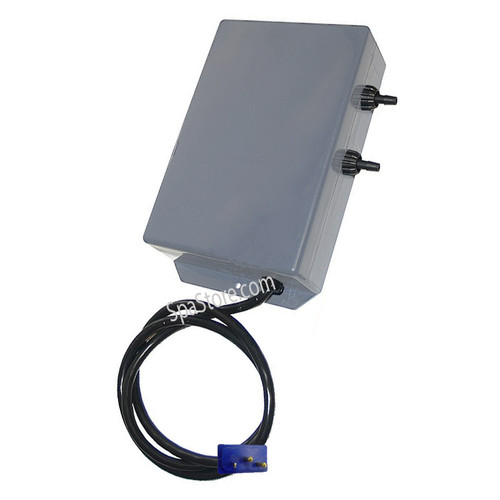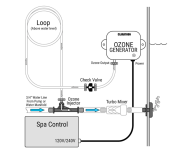- May 31, 2012
- 830
- Pool Size
- 100000
- Surface
- Vinyl
- Chlorine
- Salt Water Generator
- SWG Type
- Jandy Aquapure 1400
Here is a picture of some of the tubing in my spa. There is a rather thin tube that is very brown and feels kind of gummy. This is just after my flow switch where there is a hard plastic connector. I am not sure where this goes - perhaps someone else has an idea.
Is this an issue? Should this tubing be replaced.
My spas is a Jacuzzi J325 from 2006. I have had a bunch of work done on it through the years - the two main pumps have been replaced, and probably other stuff as well when it was serviced by the local Jacuzzi service rep.
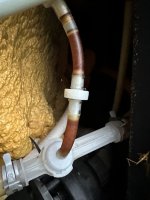
Is this an issue? Should this tubing be replaced.
My spas is a Jacuzzi J325 from 2006. I have had a bunch of work done on it through the years - the two main pumps have been replaced, and probably other stuff as well when it was serviced by the local Jacuzzi service rep.




